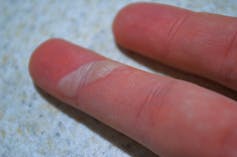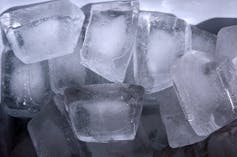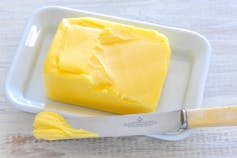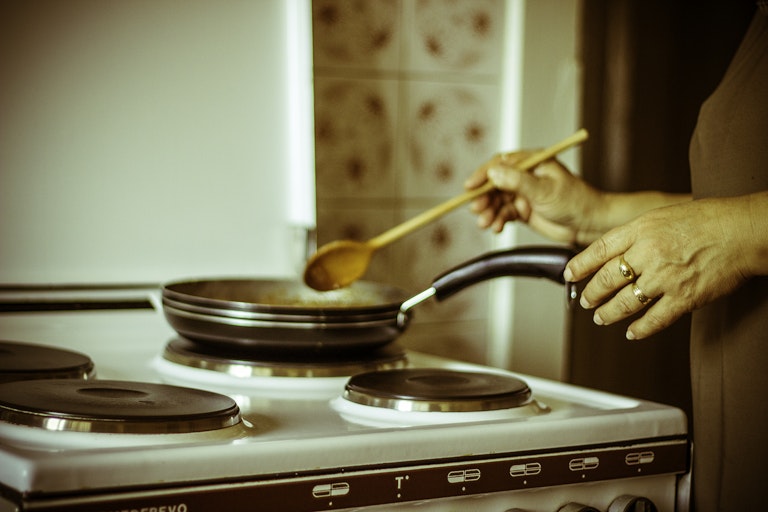Burns are one of the most common injuries, affecting as many as 200,000 Australians each year. Burns occur when skin cells are damaged by exposure to a flame (flame burns), a hot liquid (scald), a hot object (contact burns), ultraviolet or infrared radiation (sunburn), electricity, or chemicals.
Children are particularly vulnerable, not only because of their natural curiosity, but also because their skin is thinner, which can result in more serious burns at lower temperatures.
Burns are classified based on size, usually expressed as a percentage of total body surface area, as well as severity, which is determined by the number of skin layers affected:

first-degree or superficial burns usually cause localised redness and swelling and only minor blisters
second-degree or partial-thickness burns typically appear moist red, with large intact or broken blisters
third-degree or full-thickness burns usually have a dry, charred or whitish appearance.
For all burns, the first consideration should be to remove the victim, rescuer and bystanders from any dangers, including flames, hot liquids or live electricity.
Stop the burning process as quickly as possible – this includes extinguishing flames and removing hot or soaked clothing if they’re not stuck firmly to the skin.
Cooling the burn with cool running water for 20 to 25 minutes efficiently removes heat, prevents further progression of the burn and relieves pain. While cooling should be initiated as soon as possible, it remains effective for up to three hours after the initial injury.
A recent study found water cooling reduced swelling and improved wound healing for minor burns commonly encountered at home or work. For severe burns, water cooling reduced the need to be admitted to intensive care or undergo wound repair surgery.

But when it comes to cooling a burn, more is not more. Using ice or ice water is actually detrimental because extreme cold causes constriction of blood vessels and thus worsens the injury.
Similarly, excessive cooling can cause a dangerous drop in body temperature.
Because of this, cooling should be limited to 20 to 25 minutes and only the affected area should be cooled. Take care that body temperature doesnt’t drop, particularly in children who have less body mass and thus lose heat more easily.
Once cooling has been started, remove any jewellery, as burns often lead to localised swelling. Tight-fitting rings, watches or bracelets can restrict blood flow to the burnt limb or fingers, which can cause further tissue damage.
After the burn has been cooled, cover the wound with a sterile, non-adherent dressing or cling film (although this should never be used on the face to avoid accidental suffocation). All dressings should be applied loosely to avoid restricting blood flow.
Don’t touch the injured area, burst blisters, or apply lotions, ointments or creams to burns unless instructed to do so by a health care professional.

There is little evidence to support the use of home remedies like applying butter, oil, tea, toothpaste, flour, onion, eucalyptus, lavender or tea tree oil. Many of these treatments are rooted in folklore and their use is not supported by evidence. Some of these treatments can be detrimental as they impair prompt assessment by a medical practitioner.
Seek medical advice for: chemical or electrical burns, burns in the elderly or children, deep burns, burns that are larger than a 20 cent coin, or burns that affect the airways, face, hands, major joints, feet and genitals.
Pain from superficial burns is best managed with simple analgesics such as paracetamol. Keep in mind that severe burns may not be painful, as the nerve endings in the skin may be completely destroyed.
As with all injuries, prevention is the best cure. Make your home and workplace safer by identifying and eliminating burns hazards, and learn first aid.

